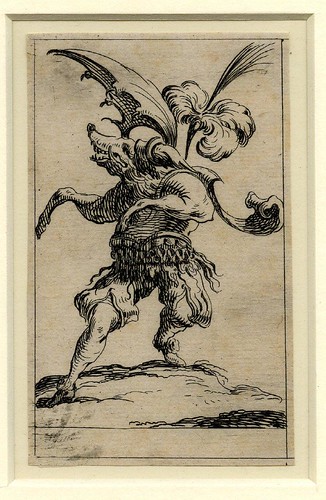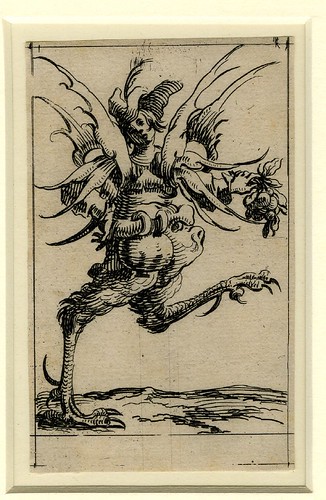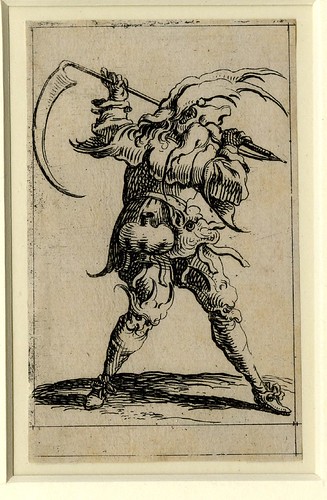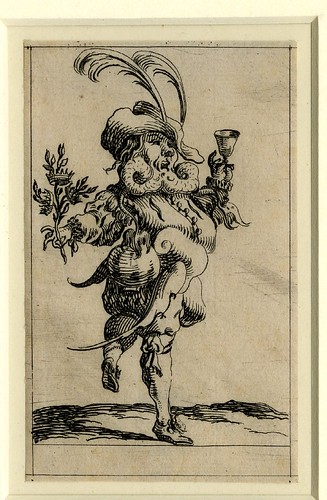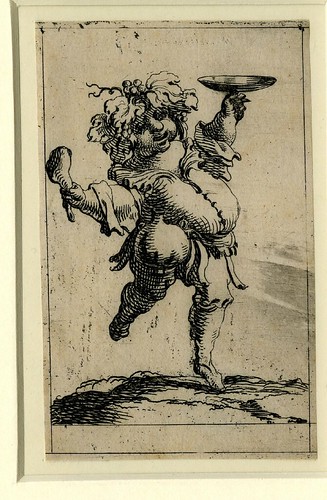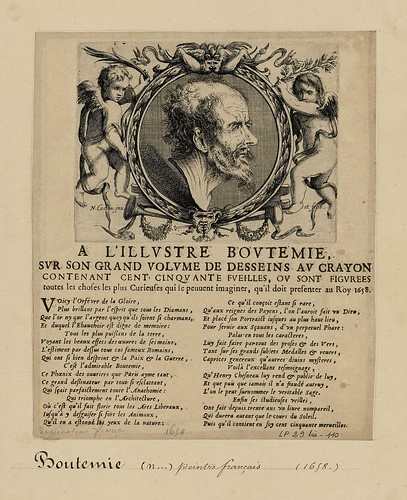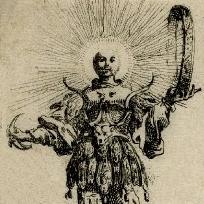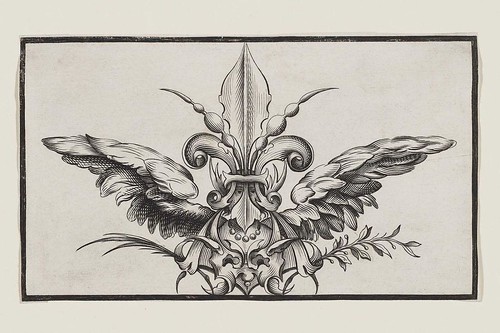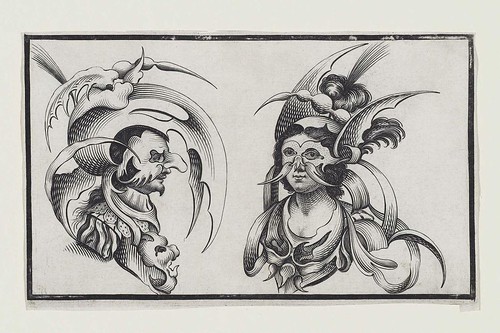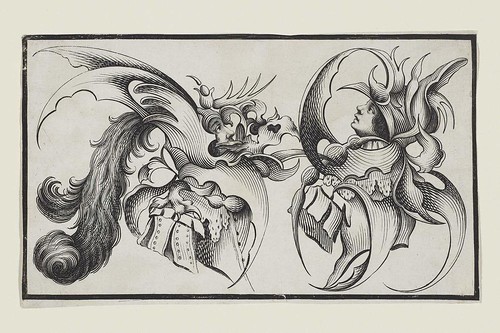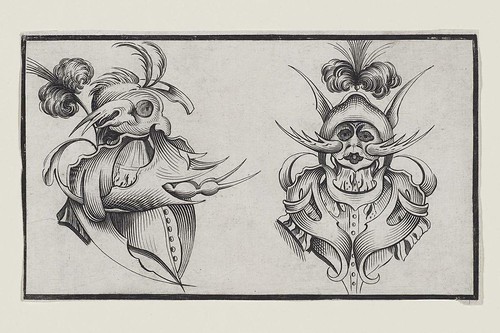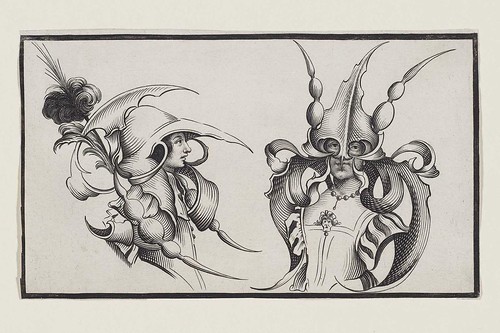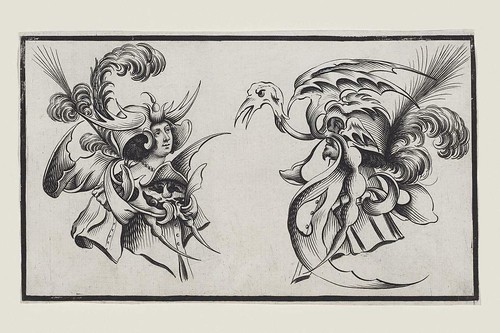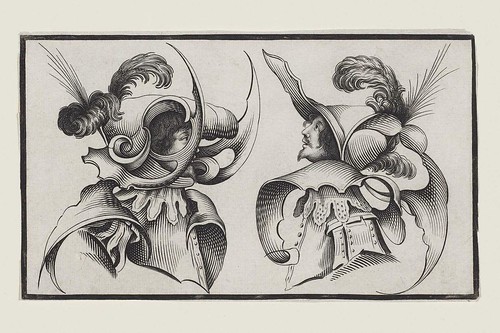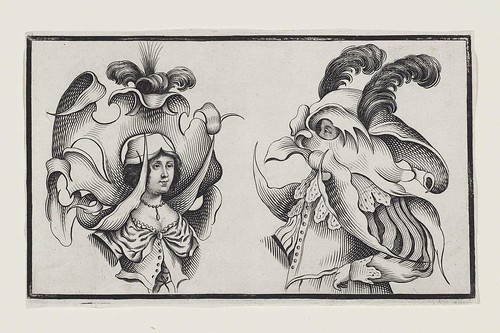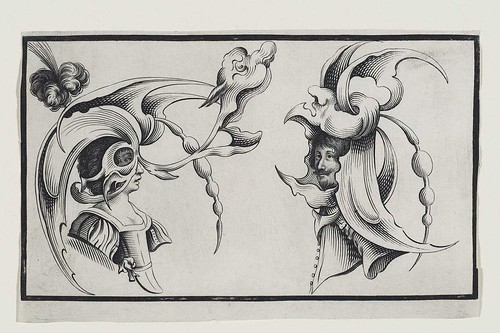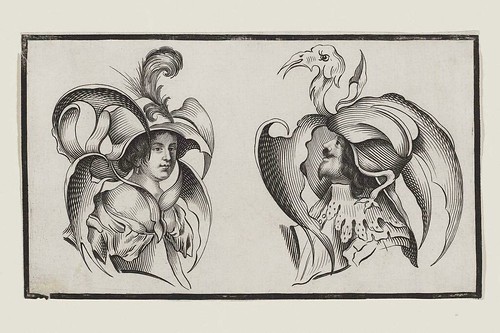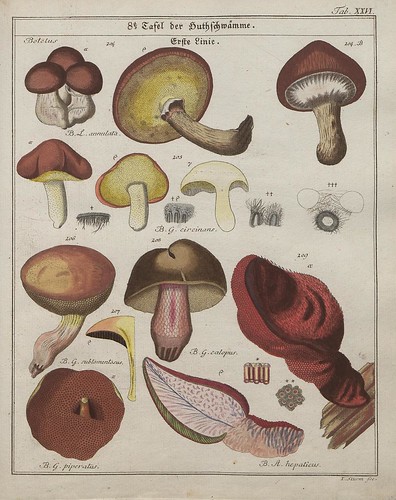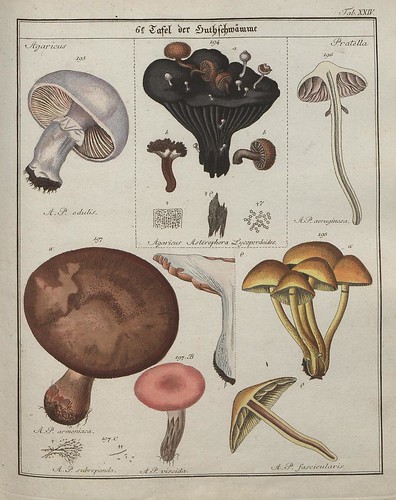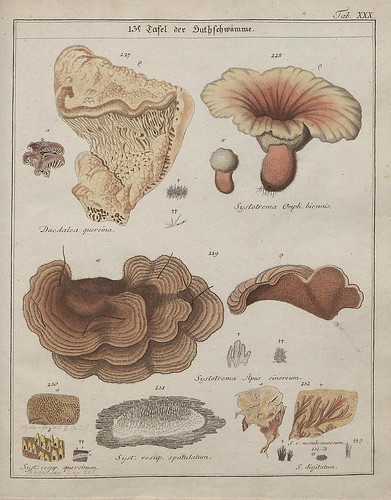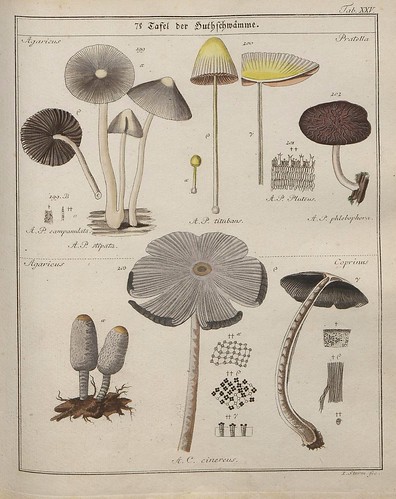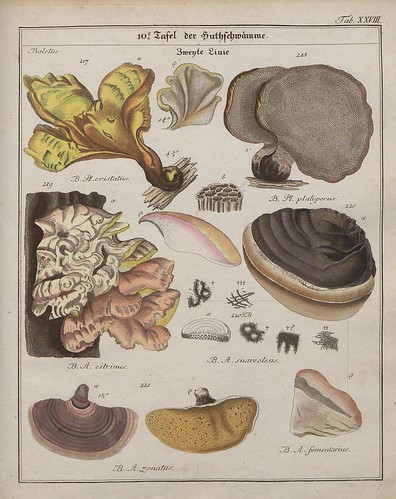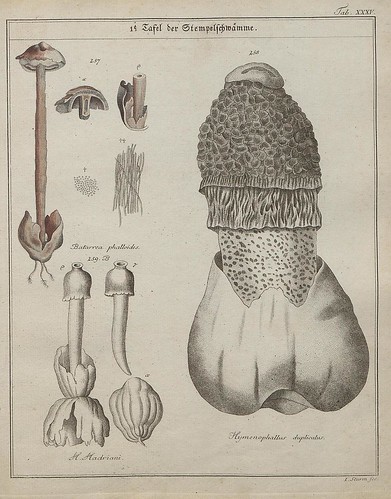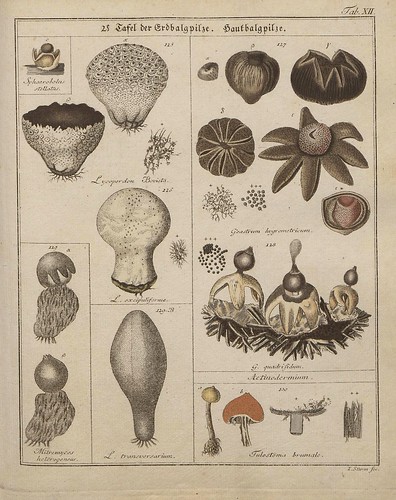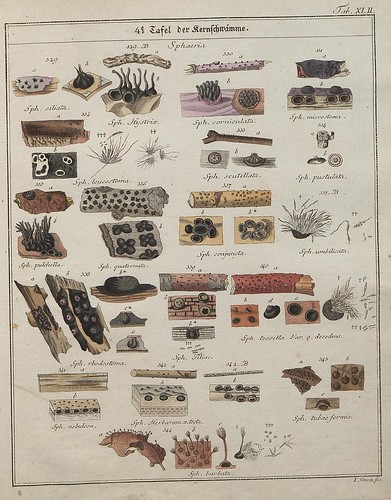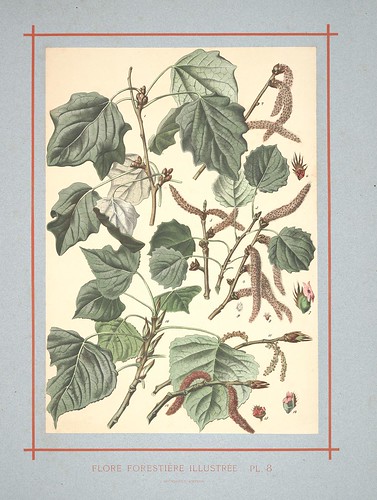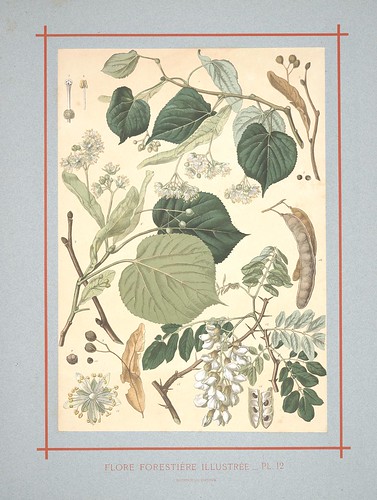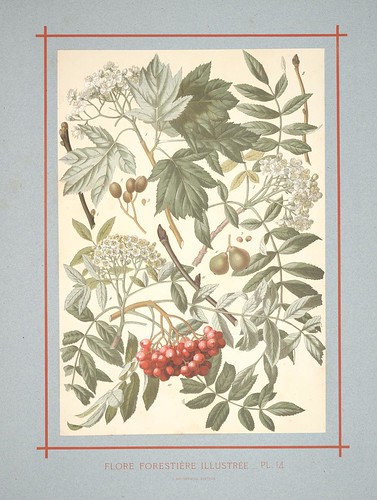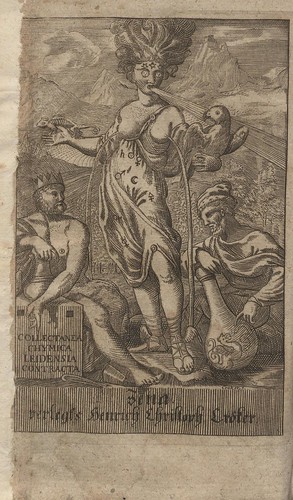
IN: 'Collectanea Chymica Leidensia' edited by Christopher Love Morley and Theodorus Muyckens, 1700. The head on that central figure could have launched a thousand 60s or 70s posters (kinda sorta reminds me of Brain Maps, in that regard). [Dresden]
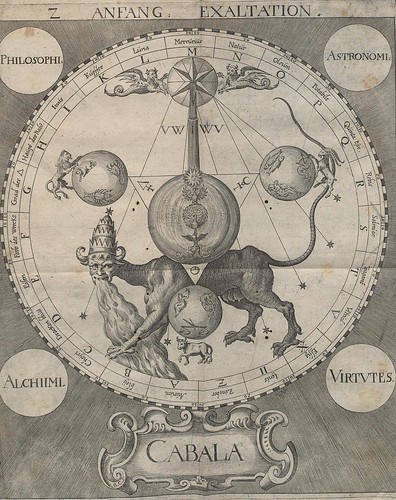
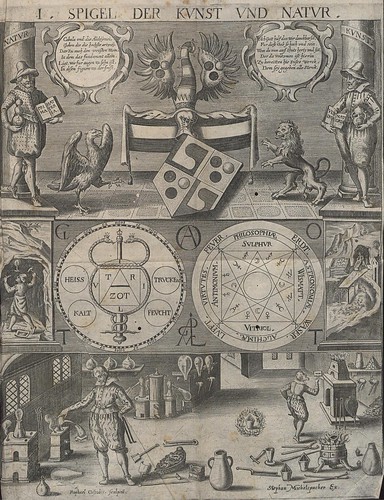
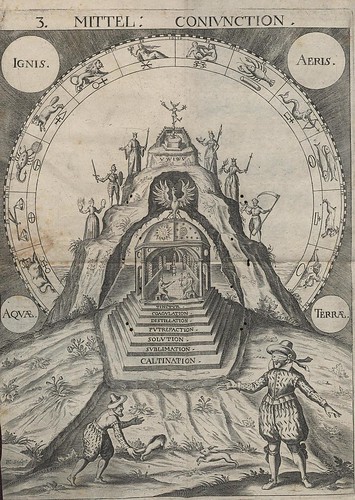
The above three images are from 'Cabala, Speculum Artis Et Naturae In Alchymia' by Stephan Michelspacher (1654 edition; originally published in ~1615) [Dresden] {also: AGLA}
"This alchemical work, which was often reprinted, bears the stamp of Agrippa's view of the Kabbalah and magic. The explanation in the first table teaches that 'Kabbalah and alchemy offer the highest medicine, and also the Philosophers' Stone', but the allegedly alchemical-kabbalistic tables in this work are completely unrelated to the Jewish Kabbalah." [source]
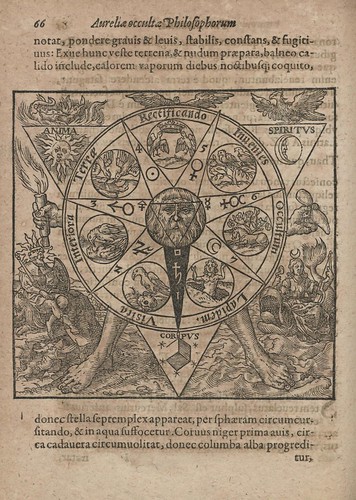
IN:
'Azoth, Sive Aureliae Occultae Philosophorum'by Basil Valentine, 1613. [
Dresden]
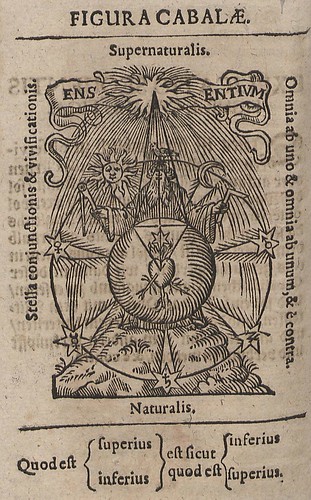
IN:
'Cabalae Verior Descriptio' by Anon. 1680. [
Dresden]
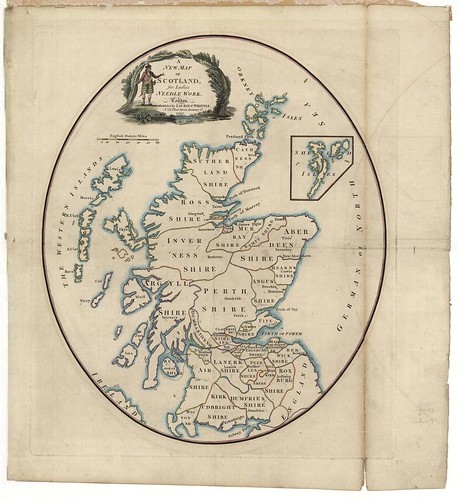
A New Map of Scotland for Ladies Needlework
Published by Laurie & Whittle in 1797
Related:
DIY needlepoint maps and
Emma's recent post on
Crazy Embroidery.
The image above (and some below) comes from the relatively new
Scotlandsimages.com site -- "a picture library taken from Scotland's national collections."

Northern Circumpolar Map
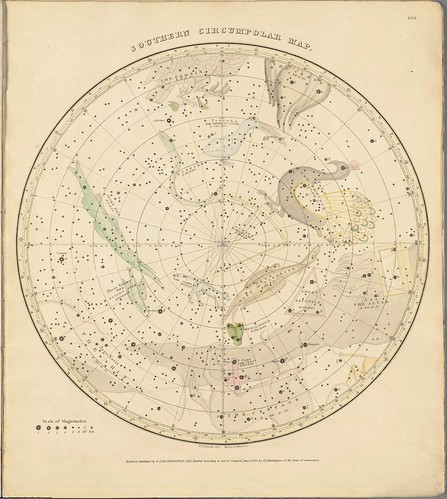
Southern Circumpolar Map
The above two star/zodiac/polar maps are from
'Atlas Designed to Illustrate the Geography of the Heavens' by Elijah Burritt, 1833. [
source]
Harvard University Library recently
launched the excellent and extensive web collection:
'Expeditions & Discoveries: Sponsored Exploration and Scientific Discovery in the Modern Age' [which] "delivers maps, photographs, and published materials, as well as field notes, letters, and a unique range of manuscript materials on selected expeditions between 1626 and 1953". [
via]

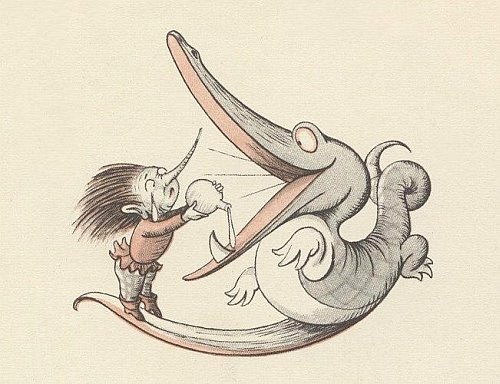
The above two images come from an imaginative 1937 German children's book called
'Das Männlein Mittentzwei' by Paul Alverdes, with illustrations by Beatrice Braun-Fock. The images were scanned and uploaded by
Patrick Wirbeleit for his great blog, Illuopa. [via
Drawn!]
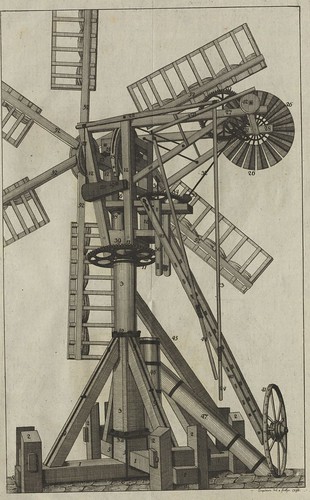
IN:
'Abbildung und Beschreibung einer Windmaschine aus einem Brunnen die Wasser' by Johann Stephan Capieux, 1797. [
Dresden]
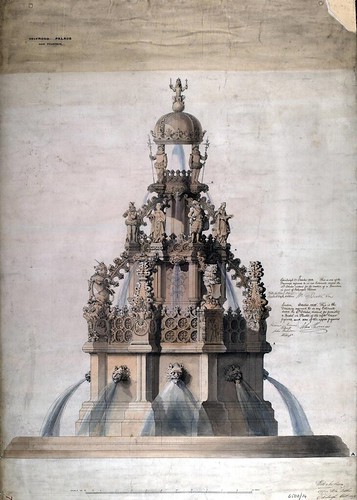
Architectural drawing of new fountain for Holyrood Palace
by Robert Matheson, Office HM Works, Edinburgh, 1858
(House Plans Register) [
Scotlandsimages]
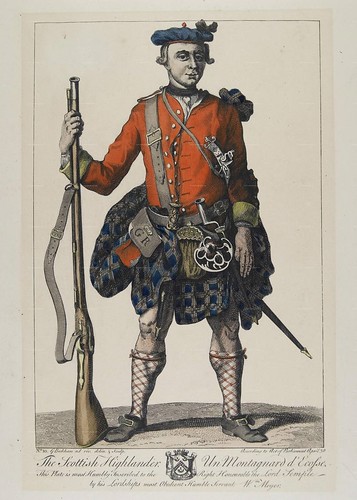
Carbon print of an original engraving of a soldier of the Black Watch (Royal Highland Regiment), published by Mayer in 1743. [
Scotlandsimages] {
The Black Watch (
W)}

Tempera drawings on parchment by someone in the circle
of Jacques-Antoine-Marie Lemoine - late 18th century.

Tempera drawings on black parchment by Margaretha-Barbara Dietzsch - late 18th century.
I spliced both of these sets of drawings together from the Bloomsbury Old Master paintings & drawings
Auction site [in Rome tomorrow] (for more on black parchment - if the above
really is black parchment and not just a translational morph - see
here including comments)
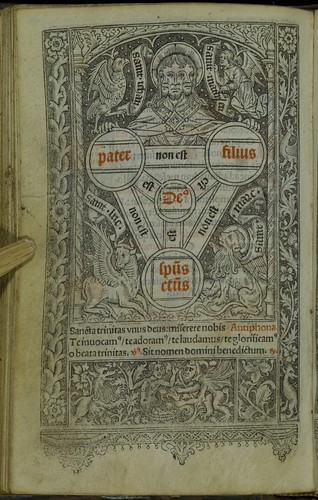
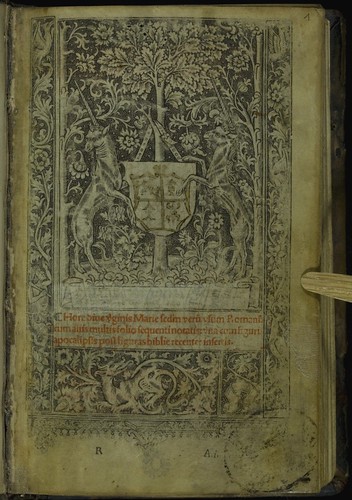 Ortelius
Ortelius rightly highlights
'Horae Dive Virginis Marie' (Hours of the Virgin Mary) from the
Polish Digital Library in his
recent post. The woodcut borders in this 1505 work from Paris contain some fabulous beasties.
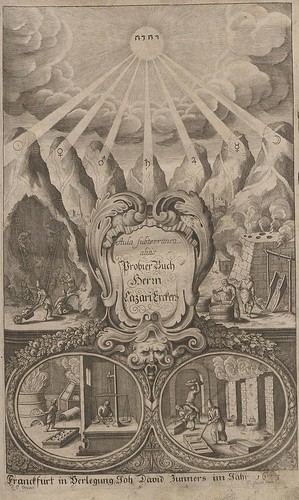
Frontispiece from the mining book,
'Probier Buch (Aula Subterranea)'by Lazarus Ercker, 1673 [
Dresden]

Choanites in Flint from the coast of Sussex
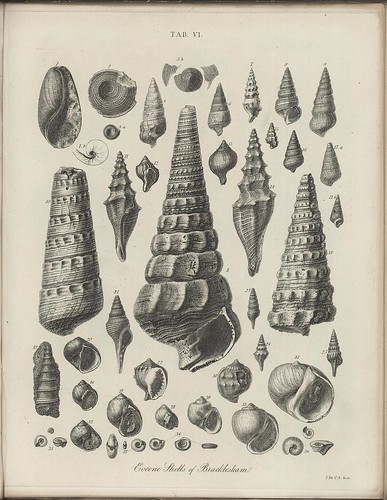
Eocene Shells of Bracklesham
The above two images are from
'The Geology and Fossils of the Tertiary and Cretaceous Formations of Sussex' by Frederick Dixon, 1850 [
Dresden]
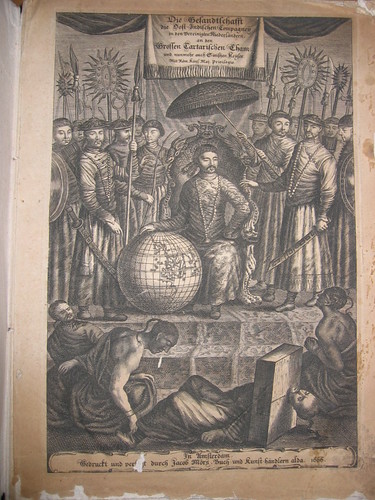

The above two images come from a German edition of one of Jacob Moeurs' travel books; in this case about the Dutch East India Company in Asia (and particularly China). I can't quite recall if I've seen these images before. The work from 1666 is called
'Die Gesandtschaft der Ost-Indischen Compagnen...Sinesischen Keiser'. The images are from a current Ebay
auction and the seller has (at least at the moment) a
gallery of images from the book online.

Framed engraving of 'Clarinda' (Mrs Agnes McLehose)
(late 18th/early 19th century, from a 1788 sitting
for the original cut-out silhouette:
Scotlandsimages)
This image is slightly cropped and the background was cleaned up but I resisted the temptation to restore the faded areas of the silhouette. Clarinda was the pseudonym of a correspondent (and perhaps liaison) of the Scottish poet,
Robert Burns (
and;
and;
and).

Europe was introduced to the Australian koala (misspelled as Koal
o) for the first time with this engraving from the 1810 book by George Perry,
'Arcana, or, The Museum of Natural History..'. The
catalogue record at the National Library of Australia doesn't note that the name of one of the artists is 'Cruikshanks' (clearly visible at the bottom of the plate), presumably (??) a member of the famous family of print artists (esp. George). It is certainly not an accurate depiction of the animal so I suspect it was a 2nd or 3rd hand effort. (
see also)
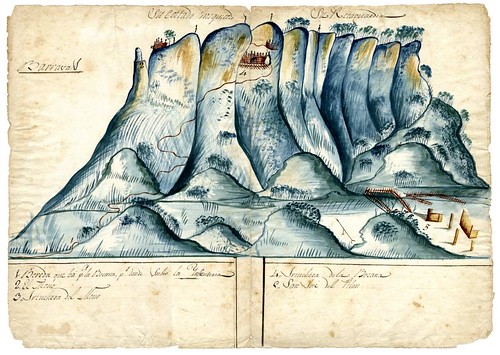
'Mapa del Cerro de Barrabás donde se fortificó Don Vicente
Guerrero después de retirarse de Zacatula, Mayo 1819'
"Map depicting the battle on the hill of Barrabás, near Zirándaro, now in the state of Guerrero. The map shows where Don Vicente Guerrero, Commander in Chief of the Revolutionary troops of the South set up his fortifications from which his troops defeated the royalist troops in the battle for Mexico’s Independence from Spain. The map is a schematic depiction of the buttresses built on a steep and mountainous landscape."
The image and quote come from the
University of Arizona web exhibition site, 'Páginas de la Historia de México'.
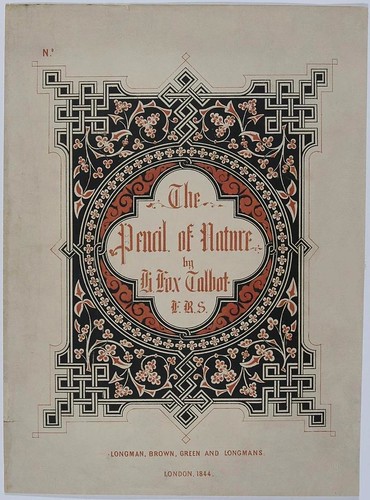
I saved this cover image because I liked the lettering and decoration but it turns out that it is a very significant book in printing history.
'The Pencil of Nature', 1844-1846, by William Henry Fox Talbot, was the first photographically illustrated book to be published commercially. [image
source] See the
University of Glasgow Book of the Month entry.
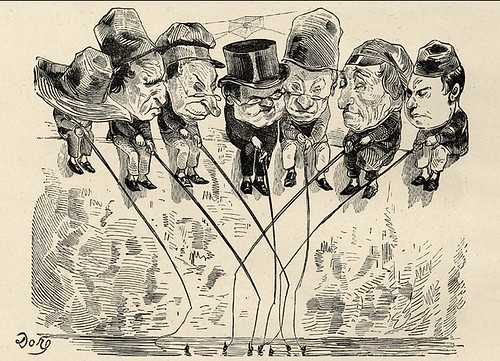
Drawing by Gustave Doré from his
'Dessins Grotesques' series (~1850). The image comes from one of
the new uploads to the indefatigable
Coconino World.
I'm sorry that I didn't remember to collect all the direct Scotlandsimages and Dresden links, but title searches in google or at the respective site will reveal them.
More?
The shared feeds are worth an occasional skim.


